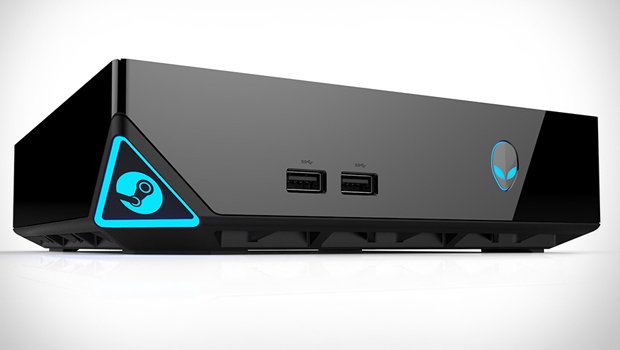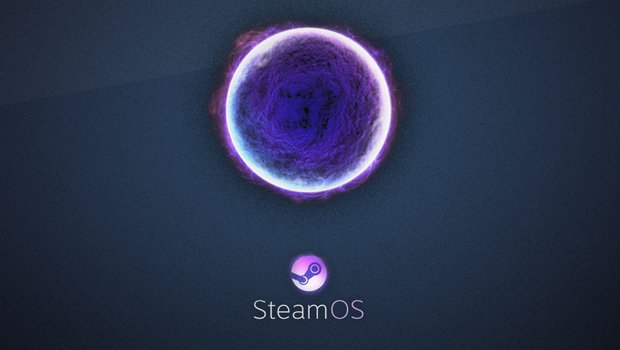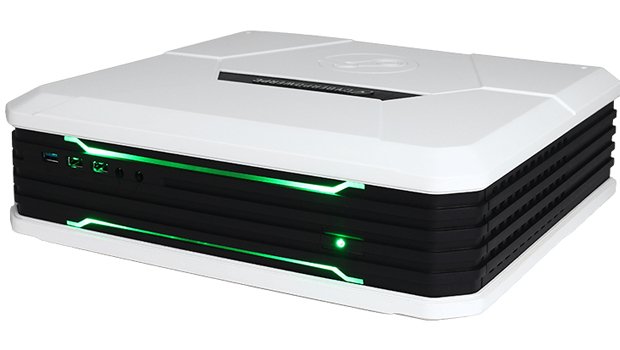Steam Machines look slick, but who's going to buy them?
Valve has officially entered the console wars. While the Washington-based juggernaut has been a major player in the industry for years, Valve’s influence was most potent on one side of the PC/console divide. All that changed with the announcement of 13 new machines for the Steam Machine lineup at CES. Manufactured and sold by high-end shops like Alienware, Digital Foundry, and Origin, the boxes themselves are sleek, powerful, and expensive. Running from $500 to over $6000, these devices are certainly impressive--but their boutique prices leave them struggling to fit into any meaningful niche.
We’re all familiar with the concept of a “game console”--a special type of computer optimized to play games. Consoles have two significant factors working in their favor. First, every console uses identical hardware, meaning developers can optimize to their hearts content, thereby smoothing over hardware-specific bugs and crashes. Second, console gamers usually get more computing power per dollar spent, since the console’s manufacturer receives bulk discounts on their hardware (and they're willing to take a loss on the hardware now so as to sell more games later). These advantages come with a with a price, though--compared to PCs, consoles have tightly controlled functionality and rely on walled-gardens to lock users into their sphere of influence. In other words, you can’t install your old copy of Baldur’s Gate on a PS4 and expect to get anywhere.

A PC, on the other hand, has a slew of potential uses, ranging from simple word processing to audio/video editing to gaming. PCs are versatile--but Steam Machines seem to trade some of that versatility for accessibility and ease-of-use. The pre-loaded SteamOS is designed for one thing--downloading and playing games--and offers very limited functionality outside this one goal for the standard gamer. Users can dig a little deeper to get to the guts of the machine’s OS and add additional programs, but doing so requires familiarity with Linux and working with a GUI like GNOME or a command line interface. And let's face it: for most of you reading this article, GUI is a typo and GNOME IS AN ENTIRE RACE OF PEOPLE THAT LIKELY SHOULDN'T BE CAPITALIZED.
Don’t get me wrong: Linux, the foundation for SteamOS, is great. It’s powerful, open-source, free, and can be incredibly rewarding to use. But working with Linux requires more technical skill than OS X or Windows, both of which are dedicated to simplifying user experiences. So, while an advanced user could transform their Steam Machine into a bastion of productivity, ordinary gamers will likely stick with the standard SteamOS and its laser-focus on gaming. For the majority of potential buyers, Steam Machines are closer kin to consoles than PCs.

What about price? Surely, if Steam Machines’ functionality is going to be limited by the user’s familiarity with Linux, they must cost less, right? Well...not exactly. If this initial run is to be any indication, Steam Machines will cost significantly more than a comparable PC tower. These are premium boxes, and the user is expected to pay a premium price. The low-end boxes are comparable with the PlayStation 4 and Xbox One in terms of performance and price, but the non-standard hardware means that users won’t benefit from the strict optimization that console games usually get. The boxes on the top end of the spectrum have awesome power and elegant designs, yet they cost far more than a regular tower with similar specs.
For example, the Digital Storm-made “Bolt II” comes with a price tag of $2,600. The cost of a similar PC built from the same components ordered off Newegg? About $1,700. That’s almost a 52% markup. Lower end models aren’t so bad--the CyberPowerPC box seems to have almost no markup--but the low-end Steam Machines do little to separate themselves from the existing consoles. This leaves these new machines in a void: they offer none of the advantages of a standardized game console, yet they’re much more expensive than a regular gaming PC. One has to ask the question: Who exactly are these Steam Machines for?

Of course, companies like Origin, Alienware, and Apple do quite well offering slick devices at high prices. What makes the focus on top-end power for the Steam Machines so baffling is that it seems to stand in the way of Valve’s stated goals. Valve’s head Gabe Newell has been speaking about how critical it is for the PC gaming community to move out of its traditionally Windows-centric orbit for a while now, and Valve’s dedication to a more open gaming environment has been the tentpole supporting the Steam Machine circus. Yet the current batch of Steam Machines do little to show why users need to move away from Windows or OS X. Platitudes like “open is better” are easy to repeat, but what exactly does an open-source platform like a Steam Machine offer that Windows or OS X doesn’t? By my estimation, Valve has yet to provide a definitive answer to that question.
Sign up to the GamesRadar+ Newsletter
Weekly digests, tales from the communities you love, and more
This isn’t to say there is no future for Valve’s foray into the living room--in a few years, the low-end Steam Machines should offer significantly more power than the aging Xbox One or PS4. On top of that, the Steam Controller is a fascinating experiment in gamepad design, and I dearly hope it’s as good as promised. But for the moment, steep prices and an emphasis on top-end power leave it unclear how a set of specialty machines are going to cause the shift in the PC-gaming paradigm that Valve is striving for.


